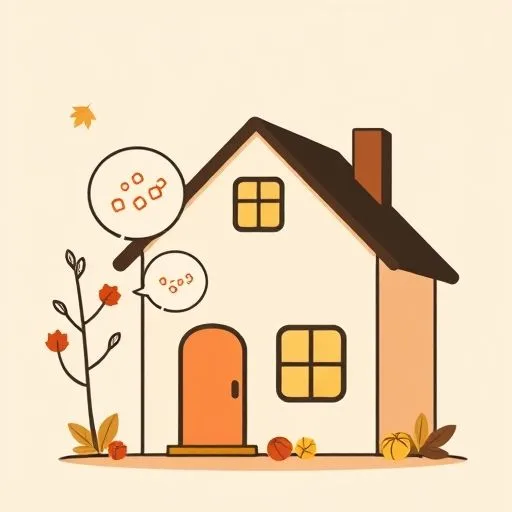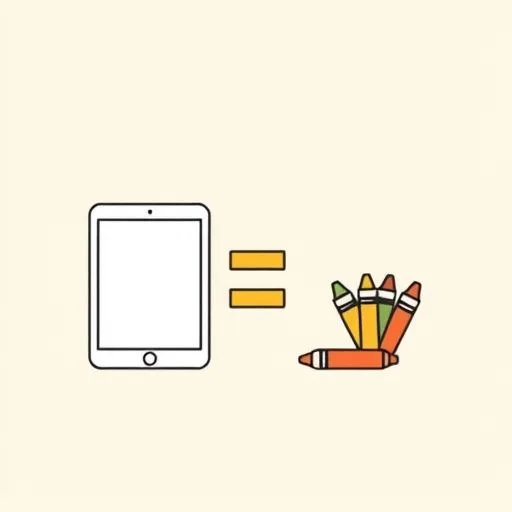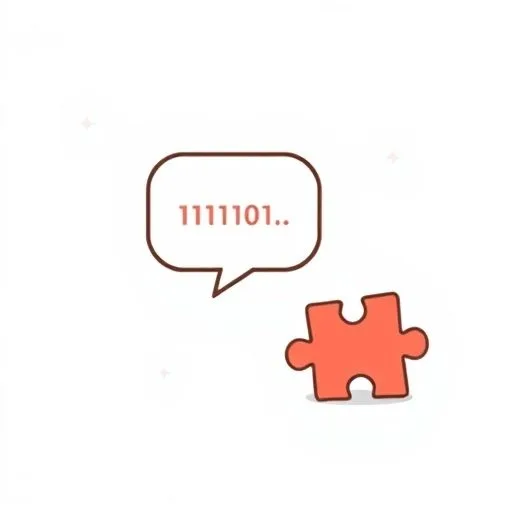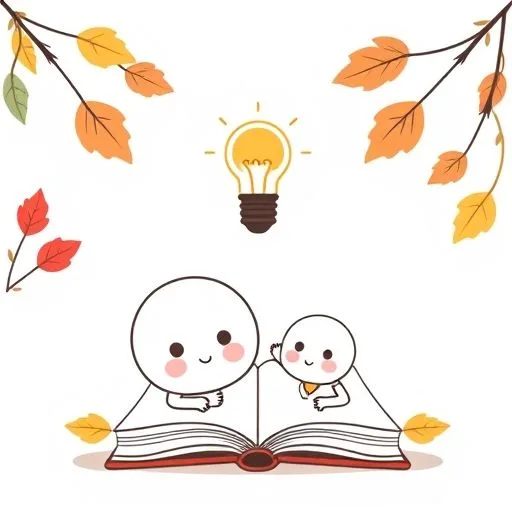
We found ourselves in those quiet moments after the kids are asleep. That same moment in the kitchen—washing dishes, setting the next day’s lunchboxes—when we share a glance. We don’t even need to say it. Did you see it? How she asked about whether AI chatbots have feelings. The way he showed us a video that looked ‘made by a computer’. We’ve watched that curiosity unfold in real-time, both of our brows furrowed with equal parts wonder and worry. How do we navigate this? How do we help them see the human behind the algorithm?
The Digital Detective’s Notebook

We’ve all seen it—that moment when our kids describe something they’ve seen online. It started with a simple question: ‘Mom, why does this character look so shiny?’ It could have been an easy answer—’Because it’s made by computers’—but she paused, letting the moment breathe.
Then came the question that changed the game: ‘Do you think the person who made this wanted it to make us feel happy?’ We watched her eyes widen as she realized the ‘why’ behind the screen. That’s our secret weapon, isn’t it? It’s not just teaching them to spot AI content—it’s showing them how to ask about its intentions.
‘What’s this trying to teach us?’ ‘Who might be missing from the story?’ We’re building a habit of noticing, not just consuming. Their detective work begins with small questions—like how she noticed the way animated characters in AI-generated content repeat the same blink patterns. Each observation, a tiny step toward critical thinking.
The Balance Between Screen Time and Story Time

We’ve watched her dance the line between digital and real-world play. One evening, she was building a virtual world with AI-generated landscapes. But then, she paused, walked over to the craft table, and started recreating the same scene with paper and crayons.
The moment she pressed the ‘print’ button on her mind instead of her keyboard—that’s when we knew. We don’t have to choose between screens and hands-on play. Instead, we can let them bounce between the two. The echo of the digital world becomes tangible in her hands.
It’s like the day she discovered an AI drawing app and then spent the next hour bringing those characters to life—with her own twist, stories, and all! That’s when we knew. That’s where we’ve found the sweet spot: between the digital and the real world. The echo of the digital becoming a handprint on the world.
When AI Asks Questions—But Not the Right Ones

We’ve seen the way an AI chatbot can answer their homework questions—fast, efficient, almost too perfect. But there’s the rub. We watched her ask, ‘How do I make friends?’ and the AI gave a list of steps—’1. Smile 2. Ask questions’.
But the real magic happened when she put the tablet down. She turned to us and asked, ‘But how do I know if someone needs a hug?’ That’s the gap we have to navigate—the space between AI’s answers and the deeper human needs kids can’t quite articulate.
We’ve started using those moments to ask: ‘What did the AI not say?’ ‘What did you feel was missing?’ It’s the softest way we’ve found to teach them that AI isn’t human—no matter how many answers it offers.
What We Learned from the Little Detective

We’ve discovered something else along the journey—the way our kids’ questions about the digital world are reshaping our own. We’re no longer just setting screen time limits or checking privacy settings. We’re watching their curiosity.
Like the way he noticed the faces in the AI-generated video were ‘too perfect’—missing the mole he had or the scar from his sister’s bike accident. That’s become our guide. We’re helping them see that AI makes things, but humans create meaning.
Our role is to help them hold both. The digital world—and the real one. The AI’s perfect answers—and their own messy, imperfect human questions.
Did you see that spark in her eyes too? The moment she realized that the best part of being a digital detective isn’t solving the mystery—it’s asking better questions.
That beautiful, hopeful curiosity, we’re realizing, is what we’re raising—kids who think like detectives, and feel like humans. The rest? That’s just the tools. The magic, it’s still in our hands.
Source: AI is filling the internet with slop. We must fight back., Livemint, 2025-09-27
